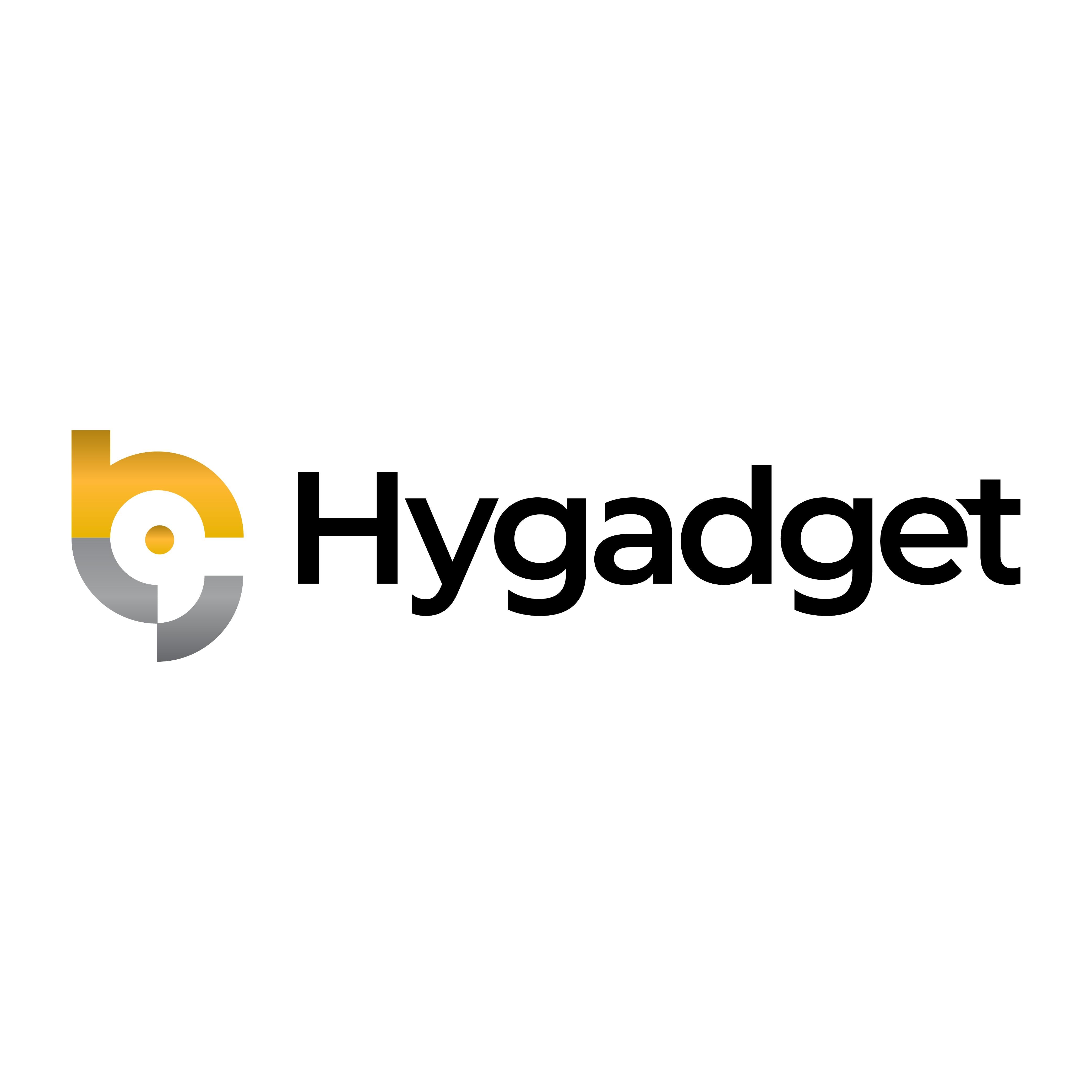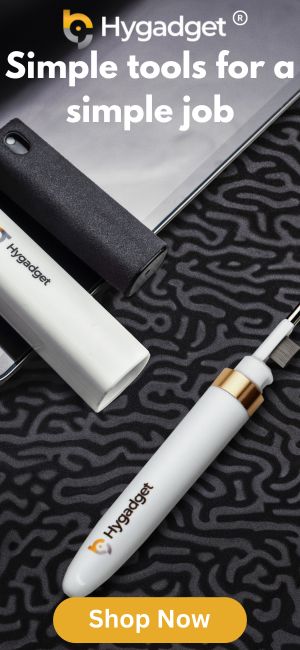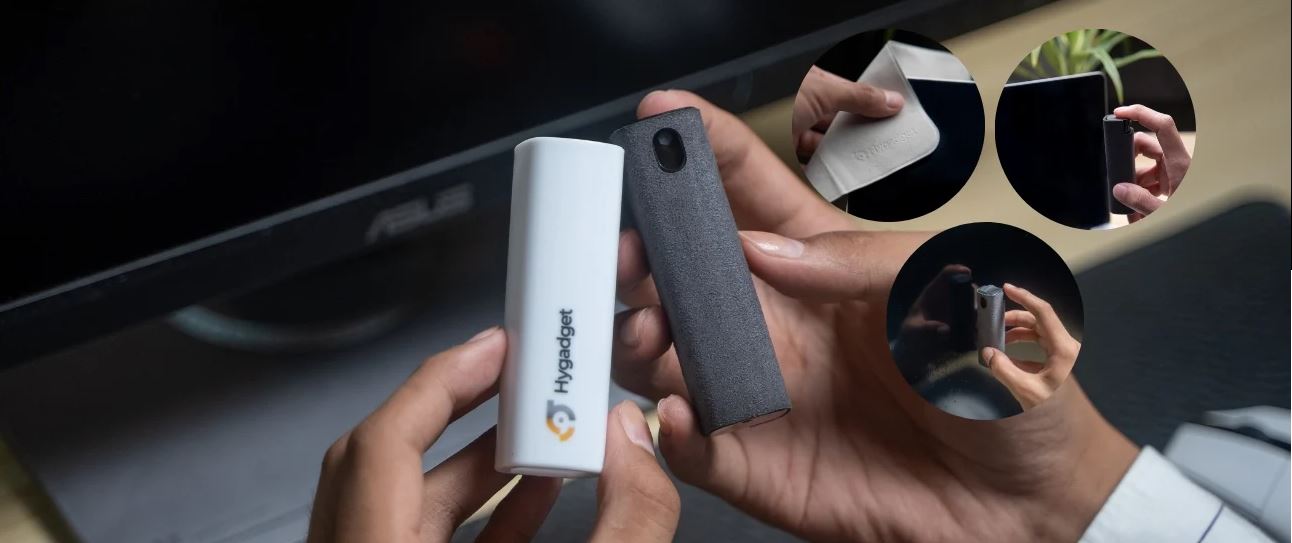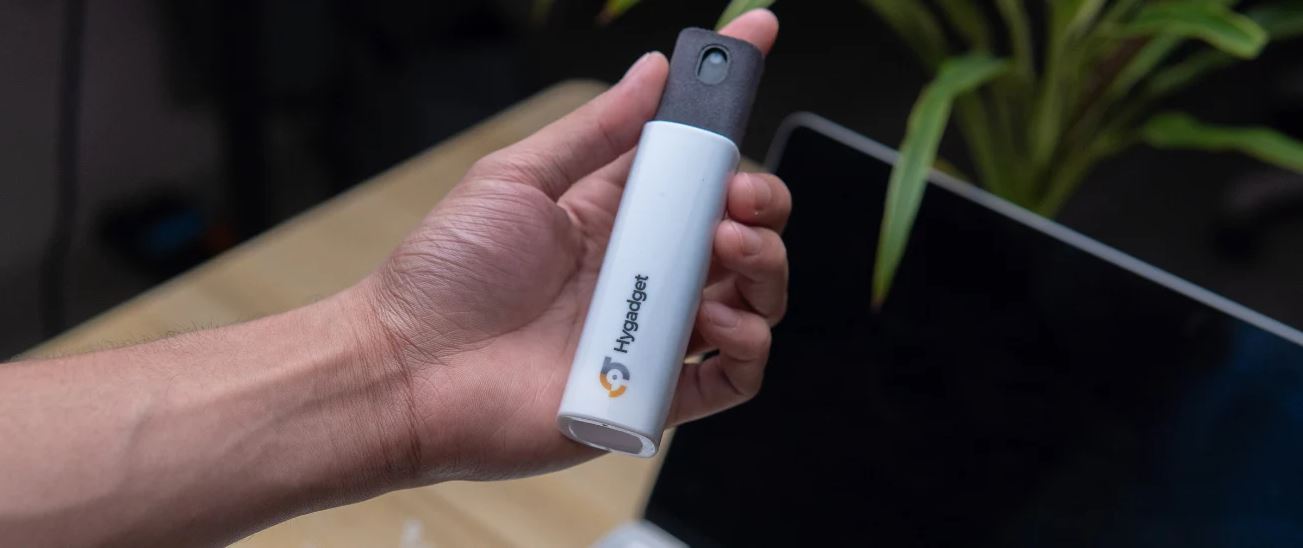In today’s era of rapid advancements in screen technology and the delivery of stunning visuals across our digital displays, there are unique considerations for maintaining their cleanliness. Whether it be your flat-screen computer monitor or the immersive curved screen of your home theater system it’s important that their surfaces are kept clean for optimal performance and also longevity.
Today we’ll discuss the unique characteristics of flat and curved screens and key differences in cleaning techniques. Furthermore, we’ll provide practical advice to keep your digital displays clear and unobstructed.
Exploring Flat vs. Curved Screens: Features and Challenges
As screen technology continues to evolve, so do the shapes, materials, and functionalities of the displays we use daily. Both flat and curved screens have been widely used in homes and workplaces offering distinct advantages but also unique maintenance challenges especially how you approach cleaning them.
Understanding these differences not only enhances your user experiences but will ensure you maintain your screen properly, effectively, and without damaging them.
Flat Screens
Flat screens are the most common of all, utilized in most smartphones and desktop monitors. The simplicity of their flat surface design allows for easier, uniform cleaning. However, this does not mean they aren’t without issues. Streaks and smudges will often be visibly prominent if they aren’t cleaned properly especially since most flat screens use touchscreen technology like our phone devices that accumulate impurities from our fingers.
Curved Screens
On the other hand, you have curved screens which offer an immersive viewing experience and are popular for gaming and cinematic viewing. The curve enhances depth perception and reduces eye strain by mimicking the natural curvature of the human eye. However, this makes cleaning them complex during maintenance. The curved edges require delicate cleaning techniques to avoid smudging and streaking along the arc, and the shape can make it difficult to reach certain parts of the screen proving to be the opposite of uniform cleaning.
Tailoring Cleaning Techniques for Flat and Curved Screens
Now that we’ve discussed the distinct features and challenges of flat and curved screens, we’ll now go on to explore how these differences dictate cleaning strategies for each type. This section highlights how to adapt cleaning techniques to suit the unique contours and characteristics of each screen shape.
Cleaning Motion and Technique
Flat Screens: The cleaning motion is typically uniform and straight, either in circular motions or vertical/horizontal lines which align nicely with the flat surface.
Curved Screens: The cleaning requires motion that is more aligned to the curvature of the screen. This is usually gentle circular motions or horizontal swipes that follow the curve.
Ease of Access
Flat Screens: Easier to access the entire surface uniformly due to the lack of curves, therefore making it simpler to apply consistent pressure whilst cleaning the whole area.
Curved Screens: More challenging to clean due to their unique design. The screen curves towards the viewer, creating a concave surface. The central area may be straightforward to clean, but as the screen curves inwards then the edges and extreme sides become hard to access. Furthermore, applying consistent pressure and effective cleaning strokes becomes difficult, especially around the edges where the screen curves most steeply.
Visibility and Inspections
Flat Screens: Streaks and smudges are more directly visible as the light reflects evenly. The uniform surface allows for easier inspection once you’ve cleaned it.
Curved Screens: Due to different angles of reflection caused by the curvature, streaks, and residues might only be visible to the eye from certain angles. This then means you’ll have to carefully inspect from multiple angles after cleaning to ensure you don’t miss any spots.
Pattern of Dust Accumulation
Flat Screens: On flat screens, dust tends to settle more uniformly across the entire screen surface. This uniform distribution occurs due to its flat nature and therefore doesn’t significantly disrupt airflow, allowing dust particles to land evenly.
Curved Screens: In contrast, curved screens have a different pattern of dust accumulation. The unique shape of curved screens which normally arcs towards the viewer can influence how dust and air circulate the surface. The curvature tends to capture more dust along the edges and the curves where airflow is altered and reduced.
A Universal Cleaning Solution for Every Screen
Managing the cleanliness of both your flat and curved screens doesn’t have to be complicated. We recommend our very own Hyscreen Kit a universal solution that ensures your screens look well cared for without the hassle. Its streak-free formula leaves your screens impeccably clear without residues which is particularly crucial for the reflective surfaces of curved screens.
The chemical formula is made with natural plant-derived surfactants making it safe for regular use on various screens while being environmentally friendly. The design is as thoughtful as it is practical; the cleaning cloth wraps around the spray bottle, for convenient access, ensuring your devices remain pristine and functional. Additionally, each kit comes with a complimentary polishing cloth to provide that sparkling finish.
By integrating this solution into your regular cleaning practices, you can ensure that clarity and functionality are maintained no matter the shape or type of screen.







